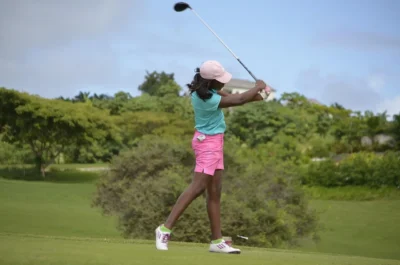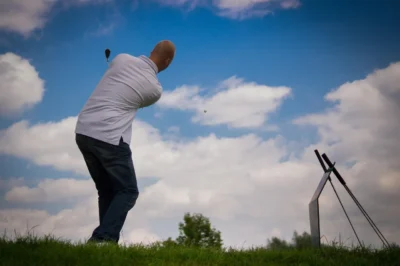5 Common golf Swing Mistakes and How Eye Swing Helps You Fix Them
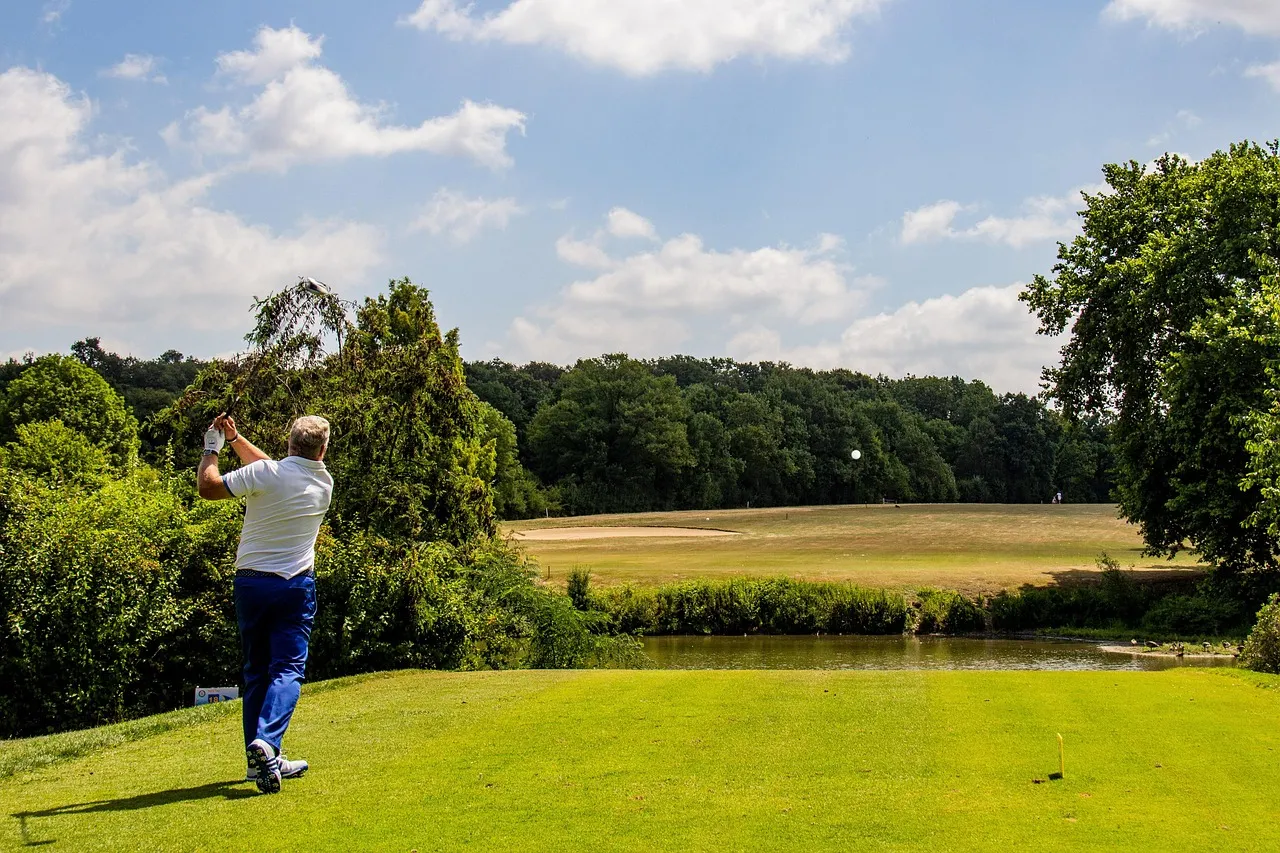
Turning frustration into progress
Every golfer, from beginner to tour-level player, knows the frustration of a swing that doesn’t feel right. Maybe the ball slices, the contact feels inconsistent, or the distance just isn’t there. While every player’s motion is unique, most errors fall into a few key categories — the same fundamental flaws that affect rhythm, balance, and accuracy.
With Eye Swing, identifying and fixing those mistakes is no longer a guessing game. Using advanced AI motion analysis, the system tracks every movement in real time, translating complex biomechanics into clear, actionable data. That means golfers can see exactly what’s going wrong — and more importantly, how to fix it, so you don’t have to worry about them in any tournament.
Here are the five most common swing mistakes and how Eye Swing helps correct them.
1. Over-the-top swing path
The problem
This is one of the most frequent issues for amateur golfers. An over-the-top swing occurs when the club moves too far outside the target line on the downswing, cutting across the ball. The result? A weak slice or pull shot with loss of power and consistency.
The fix with Eye Swing
Eye Swing’s AI-powered path analysis captures the motion of your hands, shoulders, and club through every phase of the swing. By visualizing your swing plane in 3D, it highlights the precise moment the club moves off track.
Through its instant feedback, players can adjust their downswing sequencing — feeling the proper inside path — and monitor improvements in real time. Over time, this data-driven correction builds a natural, repeatable motion that stays on plane.
2. Poor weight transfer
The problem
Many golfers struggle with keeping their weight centered and shifting it effectively from back foot to front foot. Limited weight transfer leads to loss of balance, weak contact, and reduced distance.
The fix with Eye Swing
Eye Swing’s pressure and body movement tracking helps players understand exactly how their weight moves during the swing. The system provides visual maps and numerical data showing weight distribution at setup, backswing, impact, and finish.
By using these metrics, golfers can fine-tune their lower-body motion and learn to use the ground for power. Over time, Eye Swing helps develop a more athletic, balanced swing — one that maximizes energy transfer and consistency.
3. Early extension
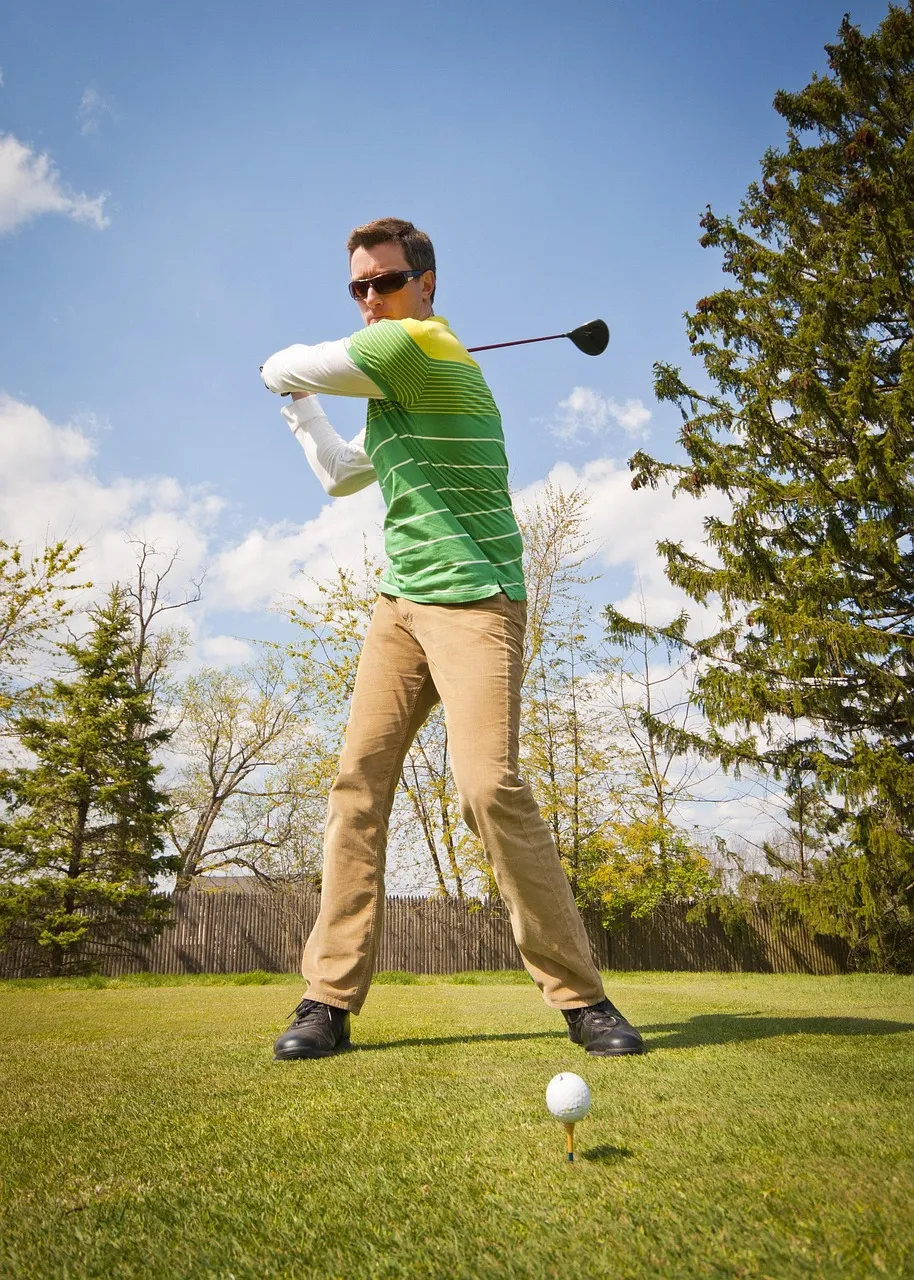
The problem
Early extension happens when the hips move toward the ball during the downswing, forcing the upper body to rise and the arms to lose space. This leads to thin shots, hooks, or inconsistent contact.
The fix with Eye Swing
Eye Swing’s motion sequencing feature identifies when the pelvis moves out of position relative to the spine angle. It compares your movement patterns to optimal data models — including those of professional players — and provides visual guidance for maintaining posture through impact.
By seeing the motion frame by frame, players gain awareness of hip stability and can practice drills that reinforce proper rotation and depth through the swing. The result is a more controlled, efficient strike.
4. Inconsistent tempo and timing
The problem
Tempo defines the rhythm of your swing — the relationship between backswing and downswing. A rushed or uneven tempo disrupts timing and coordination, producing erratic ball flights and poor distance control.
The fix with Eye Swing
Eye Swing measures tempo ratios and swing sequencing automatically, identifying whether your transition is too quick or too slow. The platform displays your average tempo data and compares it with professional benchmarks, allowing you to understand the ideal rhythm for your body type and playing style.
Using visual and audio feedback, golfers can train to maintain consistent tempo, especially under pressure. The app’s session history also tracks progress over time, helping players internalize their natural, repeatable rhythm.
5. Open or closed clubface at impact
The problem
Even with a good path and solid contact, an open or closed clubface can cause unwanted slices, hooks, or spin. This issue often originates from incorrect hand rotation or grip control through impact.
The fix with Eye Swing
Through AI face-angle detection, Eye Swing captures the precise orientation of the clubhead at every frame. It visualizes how the hands and wrists behave during impact, allowing golfers to understand their release pattern.
Eye Swing then provides immediate feedback to help square the clubface naturally, eliminating compensations and promoting straighter, more controlled ball flights. This correction alone can transform accuracy and confidence off the tee.
Turning data into results
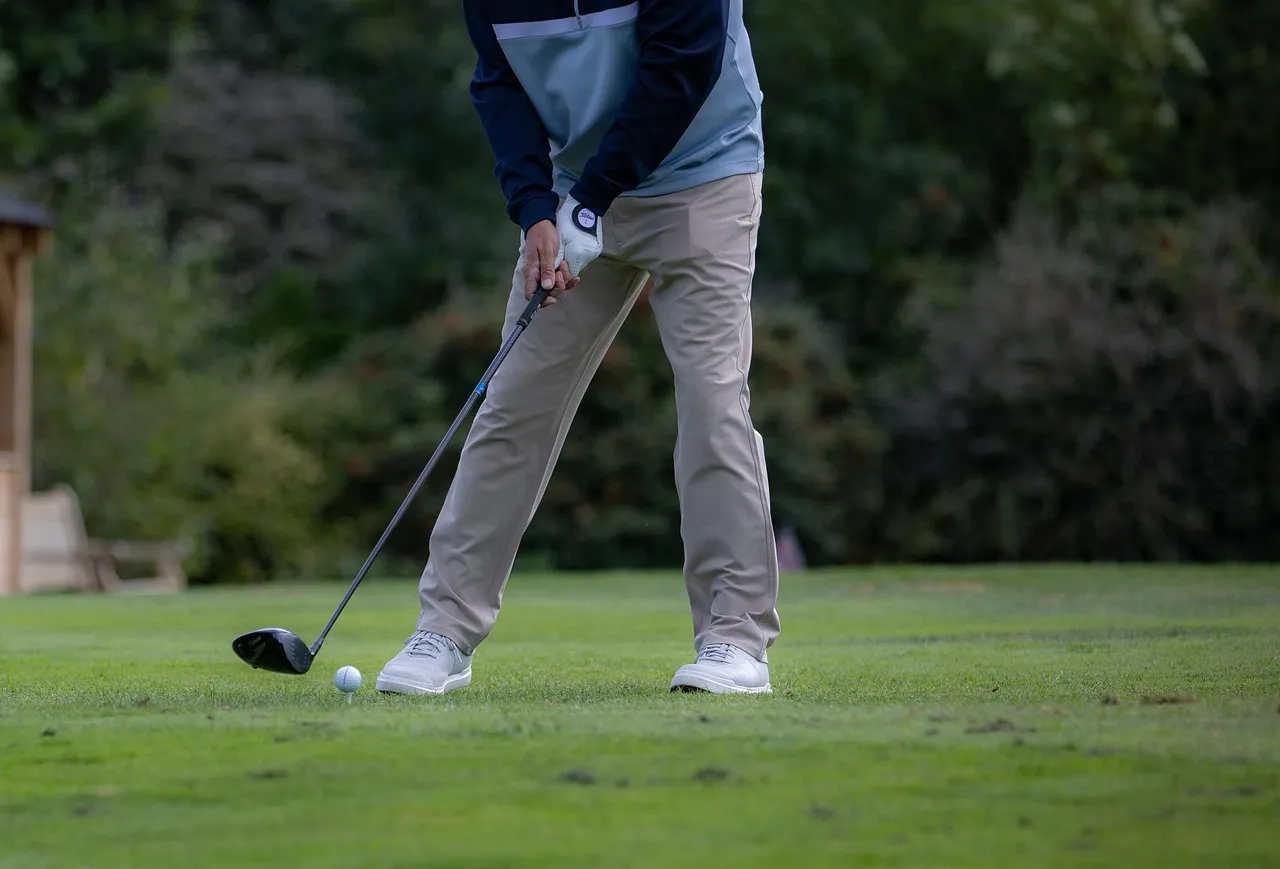
What sets Eye Swing apart is its ability to turn raw data into personalized insight. Every session generates a detailed performance report, combining:
- Swing path and plane metrics.
- Body rotation and joint movement data.
- Clubface angle and tempo analysis.
These metrics are automatically converted into a visual dashboard that highlights not just what needs improvement, but how to achieve it. Coaches and players can review these results side by side, ensuring efficient, targeted practice rather than repetition without direction.
Building consistency through technology
Correcting swing flaws used to take weeks of trial and error. With Eye Swing, players can see — literally — the cause of their issues and track their progress with each session.
The technology provides:
- Instant feedback after every swing.
- Objective data that complements a coach’s expertise.
- Historical tracking to measure improvement over time.
This creates a loop of observation, adjustment, and confirmation — the foundation of true improvement.
The common golf swing mistakes can be fixed
Every golfer makes mistakes, but the key to progress lies in identifying and understanding them. Eye Swing makes that process faster, clearer, and more effective.
By combining AI, motion tracking, and biomechanics, the platform transforms how golfers train — eliminating guesswork and replacing it with precision. Whether you’re working on your swing path, posture, or tempo, Eye Swing gives you the feedback you need to improve confidently and consistently.
Because when your data works as hard as you do, better golf is no longer a mystery — it’s measurable.


